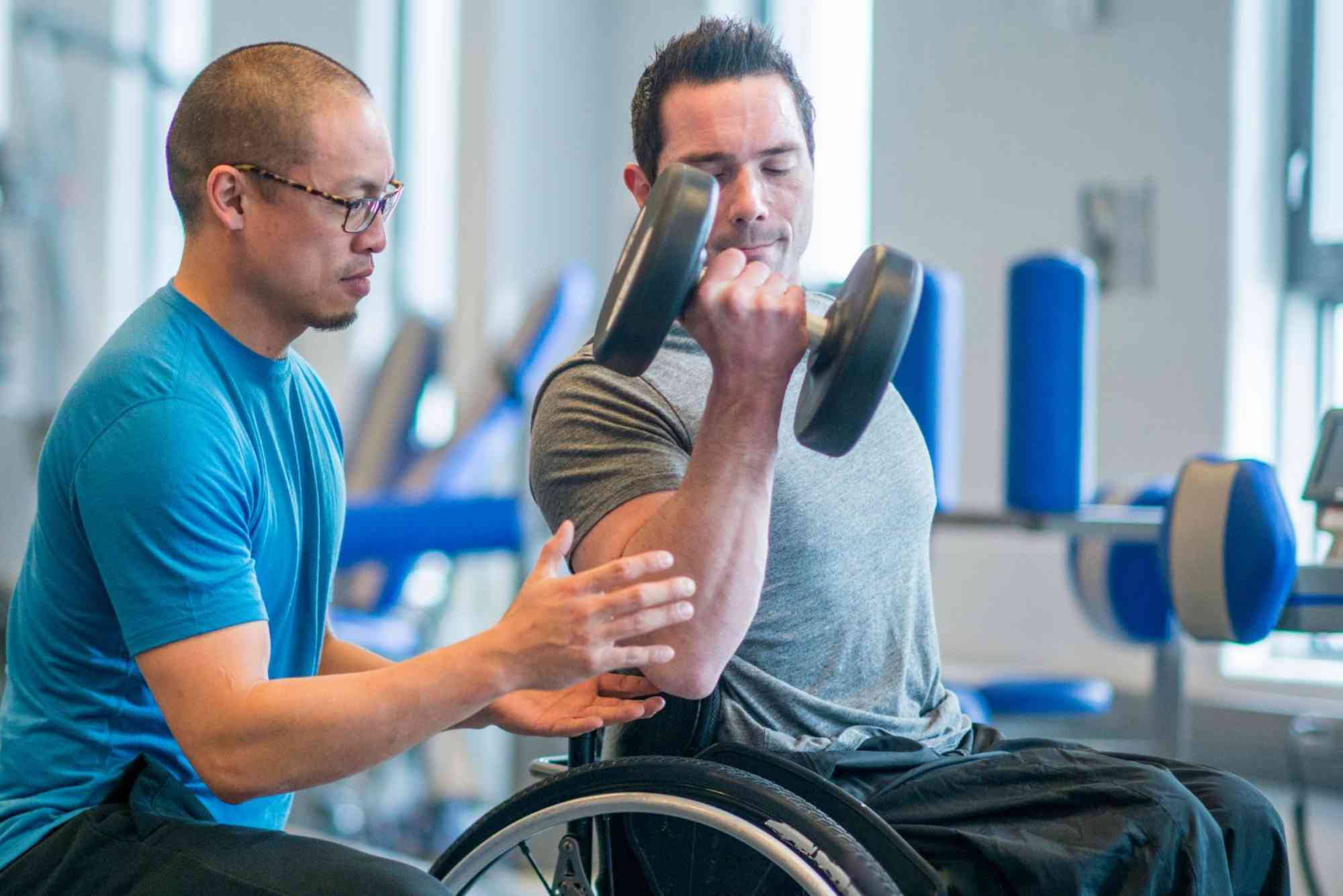Fitness ترجمه and Its Real Meaning in Modern Wellness
What does “fitness ترجمه” truly mean in today’s world? At first glance, the translation of “fitness” into Persian or Urdu gives us a basic idea—usually linked with physical strength, slim bodies, and gym routines. But in modern wellness, this definition is only the beginning. Fitness has evolved into a multidimensional concept, and so has its ترجمه (translation) in daily life. This article explores the deeper essence of fitness ترجمه, showing how it resonates with today’s holistic approach to well-being.
Understanding Fitness ترجمه: Beyond Simple Translation
Fitness is commonly translated as “تناسب اندام” in Persian and “صحت” or “چاقی سے دوری” in Urdu. These translations hint at health, balance, and body structure. But does that fully capture what fitness represents in modern life?
In today’s wellness culture, fitness includes far more than how our bodies look. It’s about how we feel, think, recover, and interact with our environment. Therefore, when we talk about “fitness ترجمه,” we are also talking about the translation of a concept—not just a word—into our personal lives and routines.
Modern Wellness: A Broader Look at Fitness
Physical Wellness
Traditionally, fitness was measured by physical standards—how far you could run, how much weight you could lift, or how flexible your body was. These measures still matter. Cardiovascular health, muscular endurance, and body composition remain key markers.
However, today’s definition of fitness doesn’t demand perfection. You don’t have to look like a model or athlete. Instead, the goal is functionality—can your body support your daily needs without pain, fatigue, or stress?
For instance, someone walking 10,000 steps daily and sleeping well is considered fit in today’s terms, even without a gym membership. When you translate this understanding into your culture or language, “fitness ترجمه” starts to include mobility, flexibility, and physical ease.
Mental and Emotional Fitness
This is where the real shift in the fitness ترجمه has occurred. Mental clarity, emotional balance, and stress management are now seen as pillars of a fit life. Yoga, meditation, mindfulness, and even therapy are recognized as forms of fitness routines.
If we were to translate “mental fitness” into Persian or Urdu, we might say “ذہنی صحت” or “دماغی تندرستی”—concepts that are slowly gaining importance in regions where physical health has long been prioritized.
Today, mental and emotional strength are considered as vital as having strong muscles. And modern wellness experts often argue that you can’t truly be fit without mental peace.
Social and Spiritual Fitness
Another overlooked but vital part of fitness is social and spiritual well-being. Connection with others, purpose in life, gratitude, and inner peace all contribute to the modern wellness ideal. These aren’t easily quantifiable but are deeply felt.
This aspect of fitness ترجمه could be interpreted as “روحانی سکون” or “سماجی توازن” in local languages, giving the idea that fitness is also about relationships, community, and faith.
The Evolution of Fitness ترجمه in Culture and Media
In earlier times, especially in South Asian and Middle Eastern cultures, being “fit” often meant being thin or not sick. Fitness was viewed in black and white: either you were healthy, or you weren’t.
Today, thanks to global wellness trends, fitness ترجمه includes a spectrum of practices. From clean eating to guided meditation, from HIIT workouts to sleep hygiene, the concept has expanded to match evolving human needs.
Fitness influencers and health coaches on platforms like Instagram and YouTube have helped reframe the meaning of fitness across languages and cultures. Their content—translated, subtitled, or adapted—has helped bridge the gap between the Western idea of wellness and local understanding.
Why Accurate Translation of Fitness Matters
Misunderstanding the term “fitness” can lead to unrealistic expectations. If the word only conjures images of weight loss or muscular bodies, people might feel discouraged. A more accurate fitness ترجمه empowers people to pursue holistic health in achievable ways.
For example, an older adult practicing daily breathing exercises or a teenager managing screen time for better sleep is just as engaged in fitness as someone hitting the gym. But unless we understand fitness through this inclusive lens, we risk narrowing the term’s power.
Bridging Language and Wellness Practices
Language is powerful—it shapes our habits and beliefs. The way we understand and use terms like fitness impacts how we live.
If fitness is only understood as “gym-going,” many people—especially women, the elderly, or people with disabilities—may feel excluded. But if we translate fitness as “living with balance, energy, and health in mind,” then almost everyone can participate in it.
That’s why redefining fitness ترجمه in cultural contexts matters. It allows communities to see wellness as something they can adapt rather than imitate.
Everyday Ways to Embrace Modern Fitness
The modern translation of fitness invites us to create routines that support every part of ourselves.
- Move your body every day—not necessarily with intense exercise, but through dancing, walking, or playing with kids.
- Eat food that nourishes your body without rigid rules.
- Take time to rest and prioritize sleep.
- Learn to manage stress and talk about mental health openly.
- Build social bonds and stay connected to people who support your growth.
- Connect with your spiritual values or practices to find deeper meaning.
When these actions become part of life, fitness ترجمه becomes an ongoing journey, not a destination.
Redefining Fitness ترجمه for a Healthier Future
Fitness is no longer just about appearances—it’s about wholeness. From physical strength to mental clarity and emotional resilience, today’s fitness is a blend of many elements. And so, fitness ترجمه must reflect this balance.
If you speak Persian, Urdu, or any other language, think about how you define fitness. Is it only about muscles and diets, or is it also about peace of mind, good sleep, strong relationships, and meaningful purpose?
True wellness comes from honoring all parts of yourself. So, whether you say “fitness,” “تناسب اندام,” “صحت,” or any other term—make sure the meaning goes beyond the surface.
FAQs
What is the meaning of fitness in Urdu?
In Urdu, fitness is often translated as “صحت” or “تناسب اندام”, meaning health and body proportion. However, in modern use, it includes both physical and mental well-being.
What is the real meaning of fitness?
Fitness today means having the physical and mental capacity to live a healthy, active, and balanced life—not just being slim or muscular.
How is fitness related to wellness?
Fitness is a part of wellness. While fitness refers to the body’s ability to function efficiently, wellness includes emotional, mental, social, and spiritual health too.
Can mental health be part of fitness?
Yes, absolutely. Mental clarity, emotional regulation, and stress control are now considered essential aspects of overall fitness.
What is the translation of wellness in Urdu?
Wellness can be translated as “تندرستی”, “بھلائی”, or “مجموعی صحت” which represent overall well-being and health.





